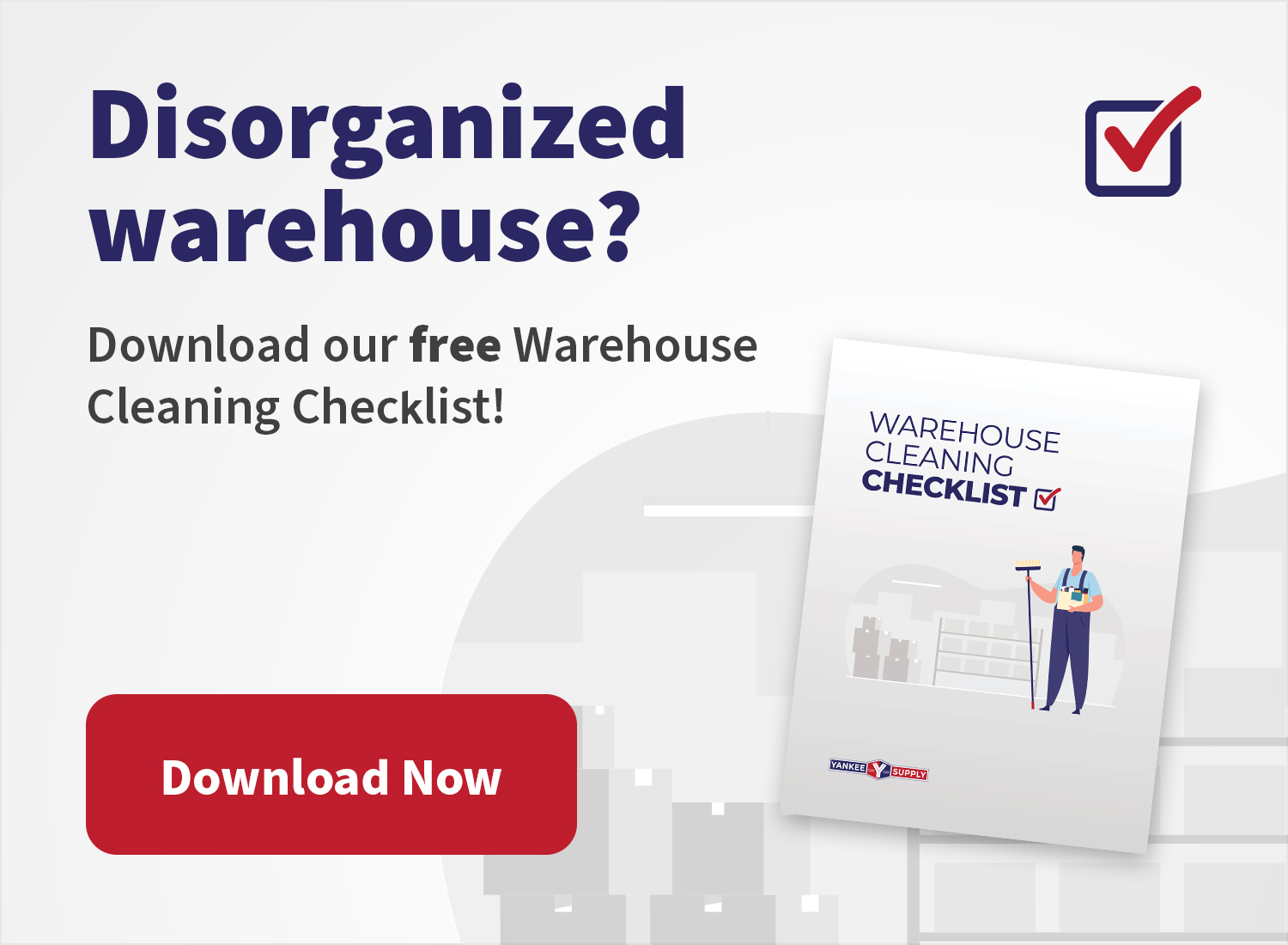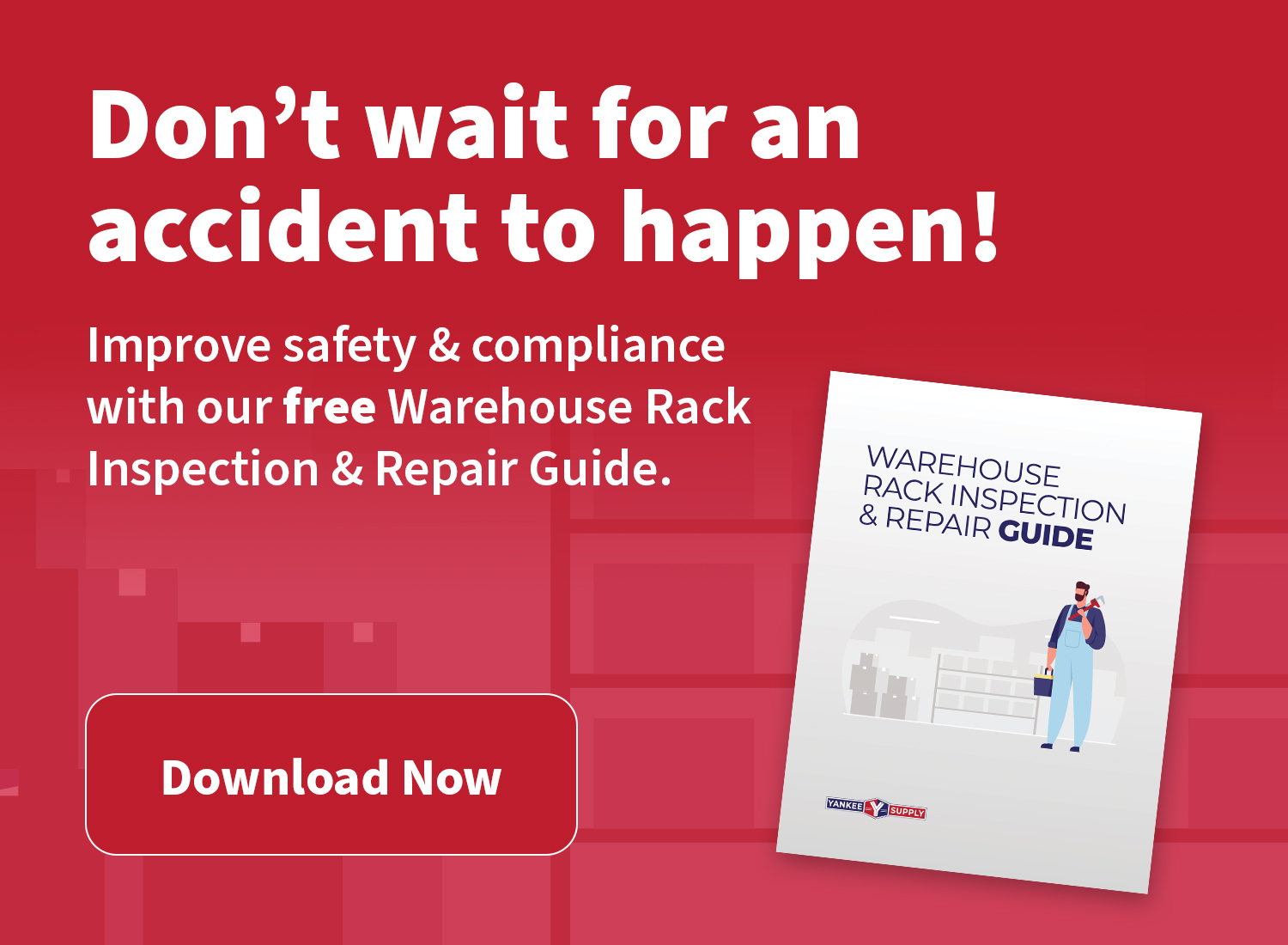Rolling ladders are essential to many warehouse work environments. The ability to have access to shelving and higher up storage is important, and it is also important to use a safe tool as well. That’s where rolling ladders come into play.
Safety is paramount in the busy world of warehouses and industrial facilities, and rolling ladder become essential instruments for ensuring both security and accessibility. This blog post explores the complex world of rolling ladder and explains how important they are for maintaining a safety-first atmosphere, improving accessibility, and increasing operational effectiveness in the ever-changing warehouse environment.
You want your employees to be able to do their job safely, so using a rolling ladder is a great way to assure safety in the warehouse. Unlike other ladders which wouldn’t provide a great deal of stability. These rolling ladder will. One of the perks of shopping with us, is that you get great deals on the products we sell and they’re in good condition.
Understanding Rolling Ladders: More Than Just a Step Up
Rolling ladder are a valuable tool for a variety of material handling tasks in warehouse operations, despite their reputation as humble partners. They are more than just steps to higher shelves; they are productivity boosters, safety defenders, and enablers of smooth accessibility in vertical areas.
Key Components of Rolling Ladders:
- Frame: A mobile ladder’s frame provides structural strength and acts as its backbone. The ladder’s overall stability and load-bearing capabilities are determined by the frame, which is usually constructed of sturdy materials like steel or aluminum.
- Steps or Rungs: A rolling ladder’s steps or rungs are the surfaces that people climb up. These are made to provide the best possible grip and stability, guaranteeing secure access to high places.
- Casters: The mobility of rolling ladder, made possible by casters, is what makes them unique. The ladder can be effortlessly transported from one place to another thanks to these wheels that are thoughtfully affixed to the base, giving you flexibility in accessing different parts of the warehouse.
- Safety Features: Guardrails, handrails, and non-slip surfaces are among the safety features that rolling ladder come with. These components are essential for averting mishaps, guaranteeing steadiness while in operation, and offering workers a safe working platform.
Safety Takes the Lead:
- Lowering Fall Risks: When entering elevated areas, rolling ladder can reduce the chance of falling. Users may ascend with confidence when there are guardrails and secure handrails, which reduces the possibility of accidents.
- Stability in Motion: Rolling ladder with casters make it simple to move them around, giving workers access to various locations without requiring additional ladders. When the ladder is stationary, lockable casters guarantee stability.
- Non-Slip Surfaces: Especially in situations where the ladder may be exposed to moisture or debris, the non-slip surfaces of rolling ladder steps or rungs improve traction and reduce the risk of slips.
- Improved Visibility: In order to improve visibility in crowded warehouse environments, many rolling ladder are made with reflective strips and vivid colors. Improved visibility raises general safety by lowering the chance of collisions.
Applications Across Industries:
- Distribution and Warehousing: Rolling ladder give employees a safe way to get and put away goods in large warehouses with high shelves without having to apply temporary fixes. Their mobility guarantees effective utilization in different areas of the building.
- Retail Environments: Storerooms and storage areas are common places for rolling ladder to be used. Retailers profit from its lightweight and mobility, which enable effective product management and retrieval.
- Manufacturing Facilities: In manufacturing environments, where workers may need to reach tools or supplies kept at high altitudes, rolling ladders come in handy. They are crucial in these settings because of their adaptability and security characteristics.
- Libraries and Archives: Rolling ladders are used in places other than factories to reach high shelves in libraries and archives. They are useful for keeping repositories neat and easily accessible because of their mobility convenience and safety qualities.
Best Practices for Using Rolling Ladders:
- Education and Training: Give employees thorough instruction on how to use rolling ladders correctly. Stress following safety procedures, such as using safety features, using appropriate climbing tactics, and weight capacities.
- Routine Inspections: Examine rolling ladders on a regular basis to look for any wear or damage. Make sure that all safety features are in place and replace any damaged parts as soon as possible.
- Weight Limit Awareness: Make sure rolling ladders have clearly marked weight capacity, and inform users of the significance of staying within these limitations. A ladder that is overloaded may become unstable and present major safety hazards.
- Safe Location: Make sure rolling ladders are on a level, sturdy platform when in use. Casters should be locked in place to avoid accidental movement while in use.
Elevating Safety Standards with Rolling Ladders
Rolling ladders play an even more crucial function as the activities that makes up warehouse operations’ heartbeat keeps on beating. Apart from serving as a means of accessing higher areas, these movable work platforms also act as safety monitors, allowing employees to climb with assurance and productivity. Rolling ladders demonstrate their importance as dependable partners in the dynamic world of industrial environments, where safety is of utmost importance. They guarantee that security and accessibility coexist peacefully while pursuing superior operational performance.
For further information on this product or any of our products, give us a call at 800.232.7225 or email us at sales@yankeesupply.com.










